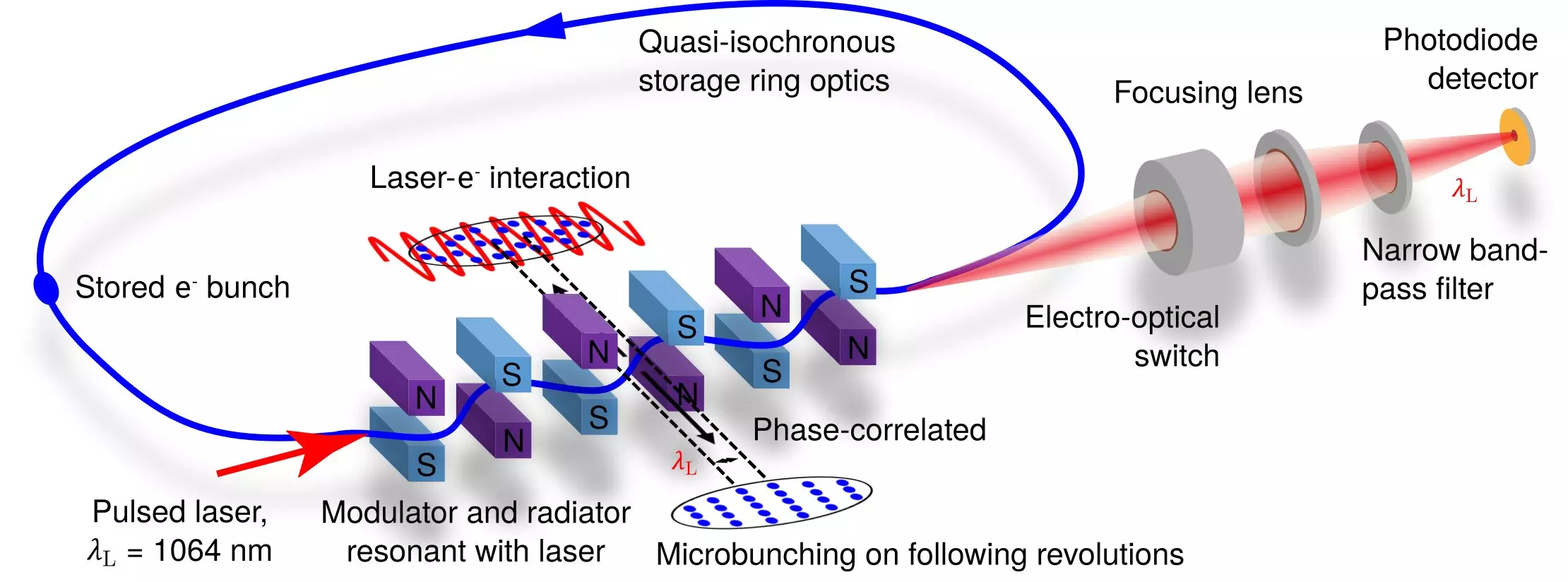The world of materials research has been revolutionized by the discovery of coherent synchrotron radiation, a powerful tool that has the potential to unlock new possibilities in the field. Unlike traditional storage rings that produce longitudinally incoherent light, this new technology delivers monochromatic, coherent light with outputs of several kilowatts, akin to a high-power laser. This breakthrough was made by physicist Alexander Chao and his doctoral student Daniel Ratner in 2010.
One key factor in generating coherent synchrotron radiation is the use of micro-bunches of electrons. These electron bunches are significantly shorter than the wavelength of the light they emit, resulting in coherent and vastly more powerful radiation. Chinese theorist Xiujie Deng has outlined specific settings for isochrone or “low-alpha” rings, which have been successfully demonstrated in the Steady-State Micro-Bunching project (SSMB) by a research team from HZB, Tsinghua University, and PTB.
Through extensive experiments at the Metrology Light Source (MLS) in Adlershof, the research team has been able to validate Deng’s theory and successfully generate micro-bunches for SSMB radiation sources. While this marks a significant step forward, HZB project manager Jörg Feikes acknowledges that there is still a long road ahead. He draws parallels between the SSMB and the development of free-electron lasers, highlighting the need for continued research and development to fully realize the potential of this technology.
The ability to harness coherent synchrotron radiation for materials research opens up a world of possibilities. With increased power and coherence, researchers can delve deeper into the atomic and molecular structure of materials, paving the way for advancements in fields such as semiconductors, catalysts, and energy storage. The potential impact of this technology on the scientific community is vast, offering new insights and breakthroughs that were previously unattainable.
The development of coherent synchrotron radiation represents a significant leap forward in the world of high-power laser technology. By harnessing the power of micro-bunching and coherent light, researchers have unlocked new avenues for exploration and discovery in materials research. As we continue to push the boundaries of what is possible, the future of this technology holds immense promise for the scientific community.


Leave a Reply